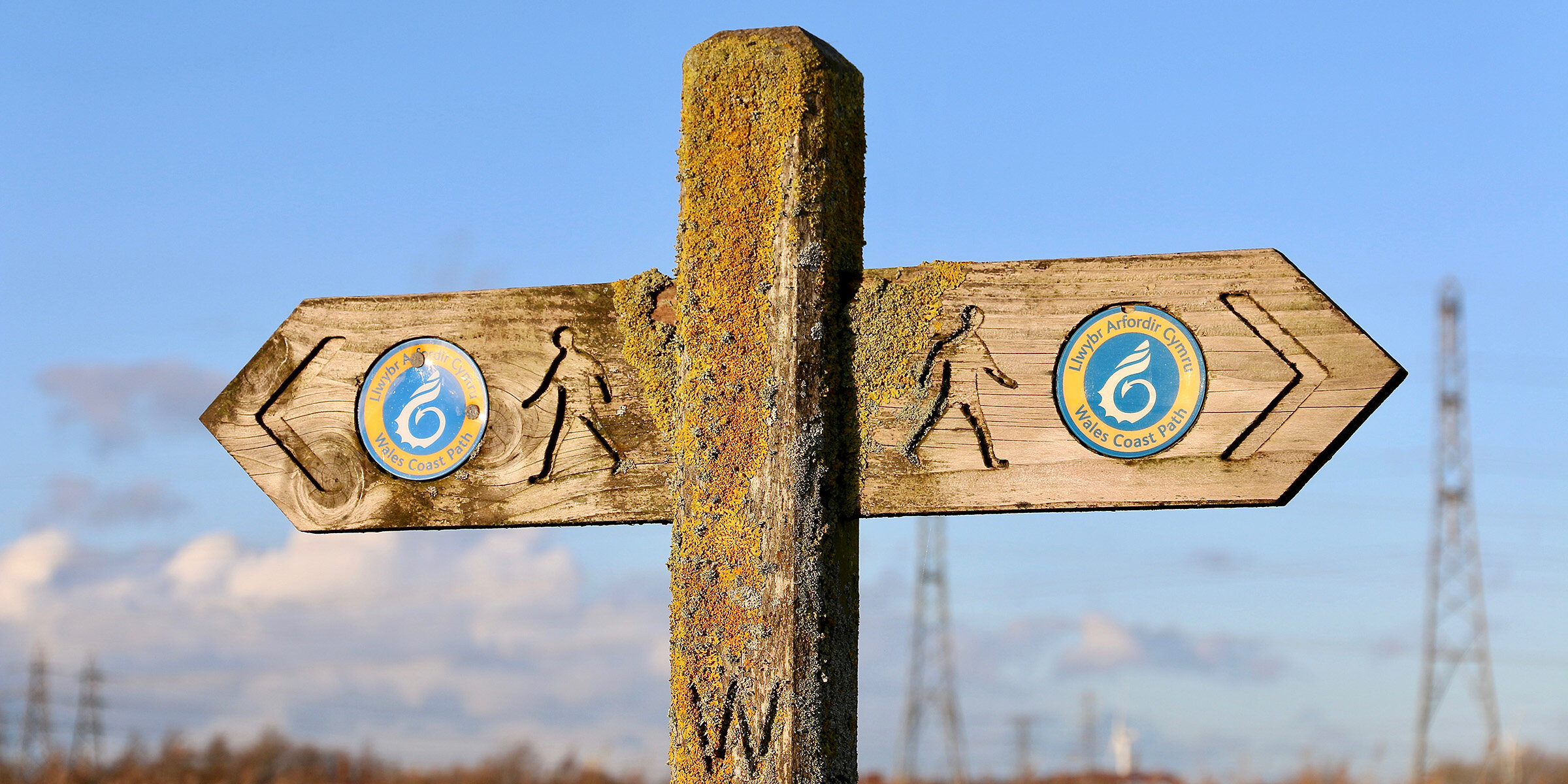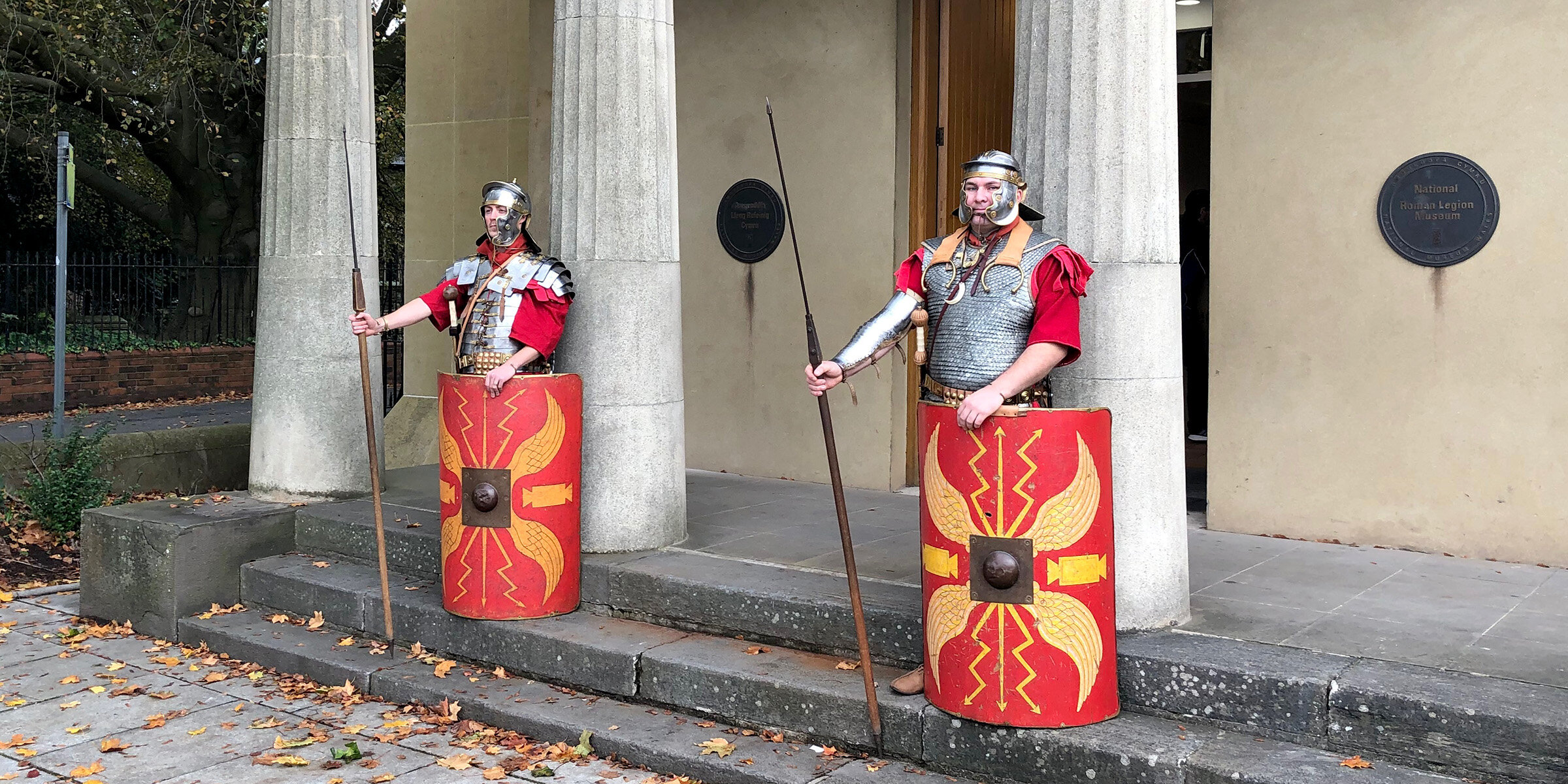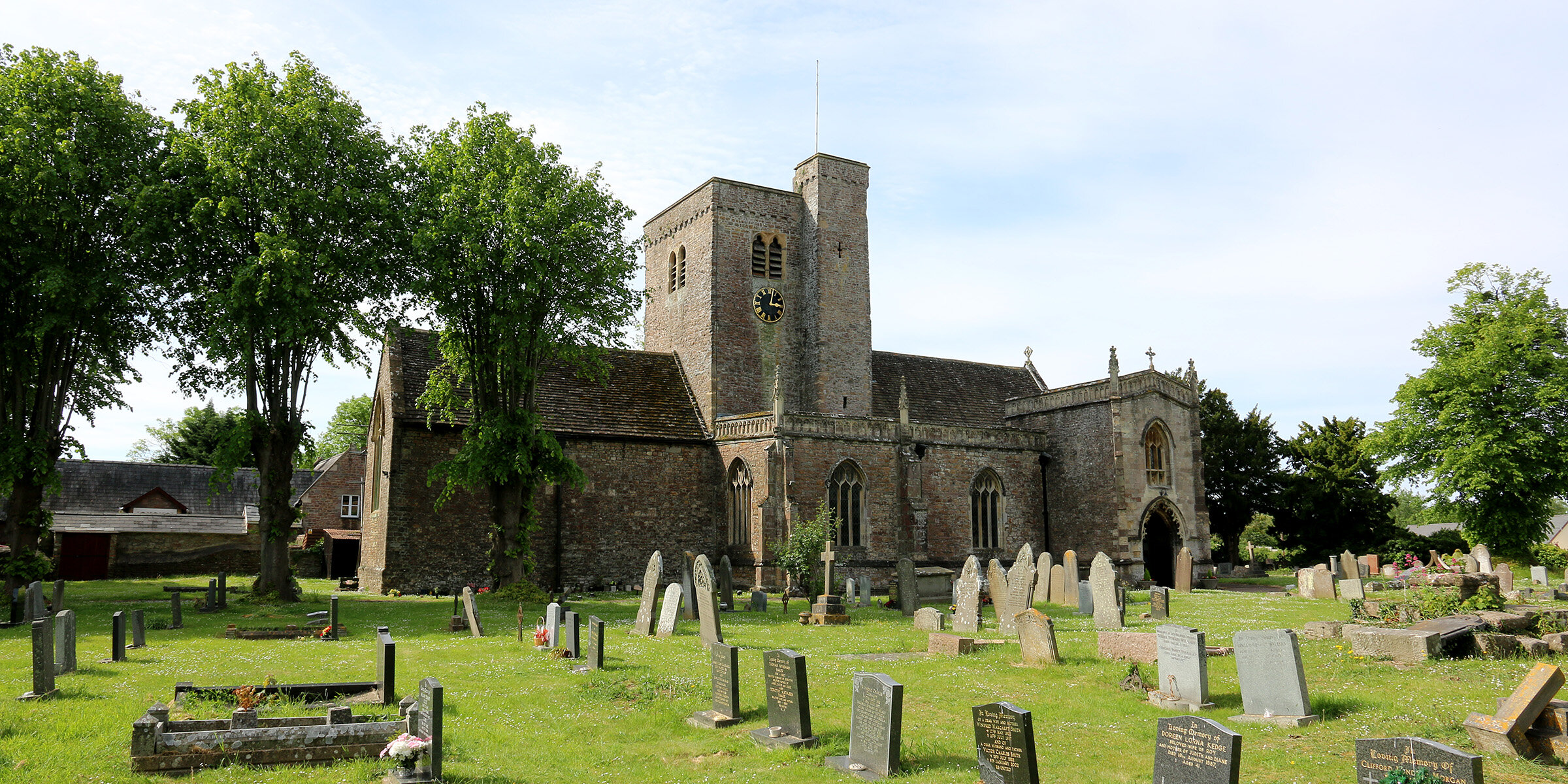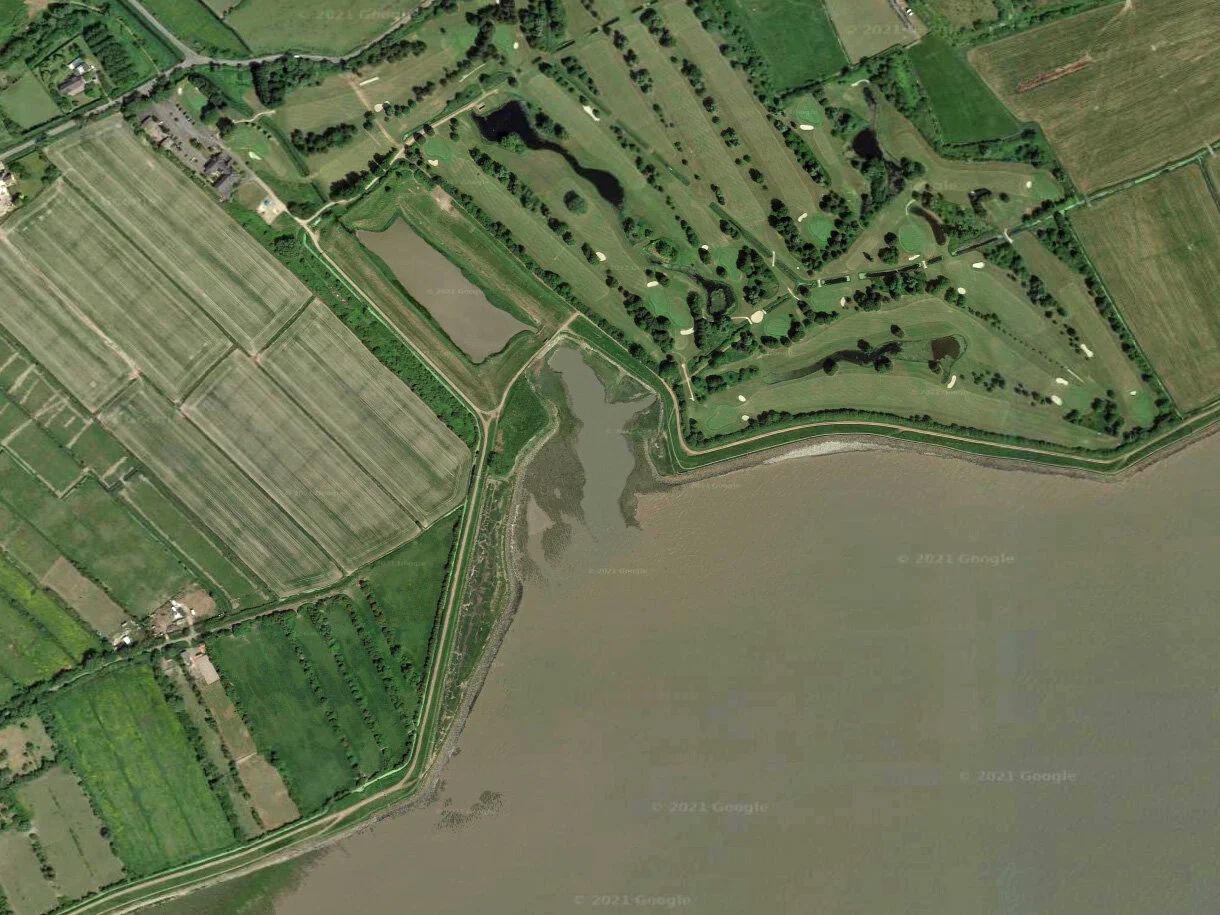Sea wall at Goldcliff
Without the sea wall the Gwent Levels simply could not exist.
The average height of the Levels is about 7m above mean sea level, slightly higher at the coast but lower towards the inland edge (5m). The Severn Estuary has one of the highest tidal ranges in the world, at 14m. This means that, at high tide, large parts of the Levels would be submerged under 1 - 2 metres of water twice a day.
The first sections of sea wall were probably constructed by Roman soldiers some time around 100 CE, but it is likely to have been much lower and less elaborate than the present wall (sea levels in Roman-times were about 1.5m lower).
The monks of Goldcliff Priory are credited with rebuilding and extending the Roman sea defences in the early Middle Ages. The exact line of this sea wall is unknown but may have been between 350m to 600m further out in the estuary. Over the succeeding centuries, as the sea struggled to reclaim the borrowed land, the wall has been abandoned, rebuilt, modified and moved inland many times. Much of the Roman and medieval landscape now lies buried under the estuary mud; local legend recounts that the original church at Porton was washed out to sea.
Collister Pill Reen (left) and medieval sea wall (right): The wall divided the open Caldicot Moor to the east from farmland to the west.
The line of the present wall dates from the late medieval period. It was rebuilt from 1953 to 1974 and runs for 35km. Following a heavy storm in 1990, a programme of raising and strengthening the wall was undertaken. Much of the modern sea wall is faced with large stone blocks and topped with a concrete ‘wave-return’ wall that reflects the energy of incoming waves back into the sea, but there are still large sections of simpler earthen banks, particularly east of Magor Pill, and a few sections of original medieval sea wall at Rumney and along Collister Pill Reen.
Opening times
The footpath along the top of the seawall is open year-round.The Seawall Tearooms is open 10.00am to 4.00pm.
How to get there
By Public Transport
By bike
By road
Did you know…?
Goldcliff gets its name from the mineral mica that was once visible in the exposed cliff face at Goldcliff Point, site of Goldcliff Priory, and which sparkled like gold in the sunlight. In 1188 the Welsh historian Gerald of Wales referred to ‘Gouldclyffe’ as “…glittering with a wonderful brightness.”












